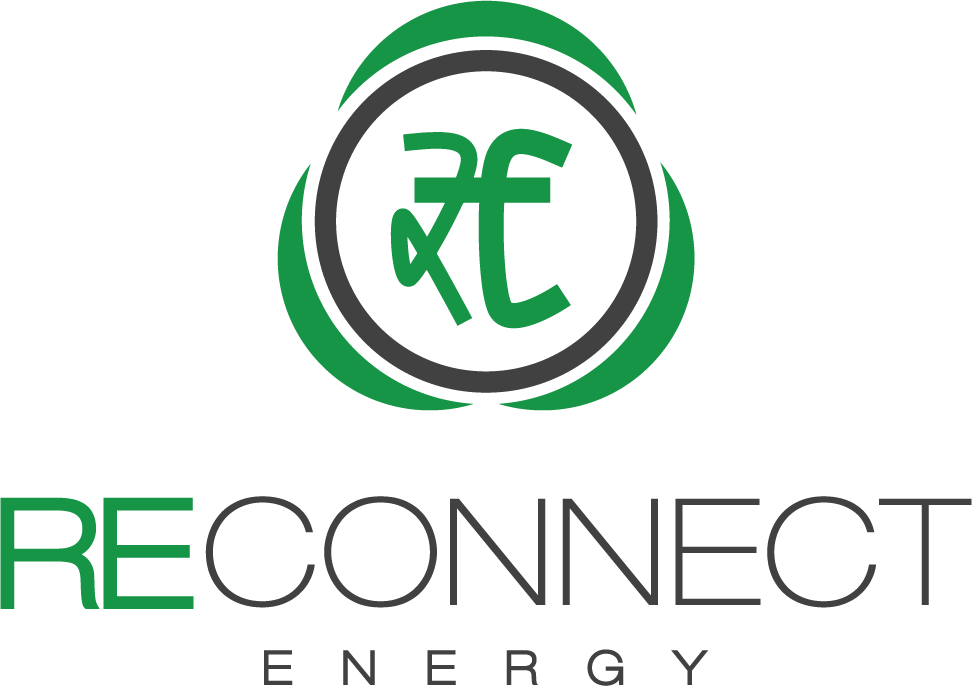National hybrid wind and solar policy announced by MNRE
Ministry of New and Renewable Energy (MNRE) announced the National Wind-Solar Hybrid policy in a press release on 14th May 2018. The objective behind this is to provide a framework for promoting large grid-connected wind and solar PV hybrid system for efficient utilization of transmission infrastructure and land. Along with this, it also aims to help reduce the inconsistency in the renewable power generation and in turn achieve better grid stability.
The policy also intends to encourage new technologies, methods, and solutions related to the combined operation of wind and solar PV plants.
The summary of the policy is as below:
-
According to the policy, the Wind Turbine Generators (WTGs) and Solar PV systems both will be configured to operate at the same point of grid connection.
-
The integration of wind and solar can vary depending on the size of each source and their technology type.
-
If the wind turbines are connected to the grid at a fixed speed using an inducing generation, the integration can be on the High Tension (HT) side at the AC output bus.
-
And in case of variable speed, wind turbines using inverters for connecting to the grid, the wind, and solar system can be connected to the intermediate DC bus of the AC-DC-AC converter.
-
Depending on the size of the respective renewable capacity, the other resource can be integrated. However, a plant will only be considered hybrid if the power capacity of anyone resources is at least 25% of the rated power capacity of the other resource. (i.e. wind and solar).
-
The implementation will depend on various configuration and technology:
1. Wind-Solar hybrid – AC integration
2. Wind-Solar hybrid – DC integration
3. New Wind-Solar hybrid plants
-
The hybrid power generated from the wind-solar hybrid project can be used for captive, sale to third-party through Open Access, sale to the distribution company (ies) either at tariff determined by the respective SERC or at tariff discovered through transparent bidding process; and ) sale to the distribution company (ies) at APPC under REC mechanism and avail RECs.
-
In case of bidding, the Central/State can follow competitive bidding process and can select the winner on the basis of the tariff.
-
The additional power generated from the hybrid plant can also be used for solar/non-solar RPO fulfillment.
-
Battery storage is also enabled in the hybrid projects.
Central Electricity Authority and CERC shall formulate necessary standards and regulations including metering methodology and standards, forecasting and scheduling regulations, REC mechanism, grant of connectivity and sharing of transmission lines, etc. for wind-solar hybrid systems.
With significant capacity additions in renewables in recent years and with Hybrid Policy aiming at better utilization of resources, it is envisaged that the Hybrid Policy will open-up a new area for availability of renewable power at competitive prices along with reduced variability. A scheme for new hybrid projects under the policy is also expected shortly.
In conclusion, the new policy for hybrid wind-solar plants seems to be a good move at a Pan-India level as all the states will get an opportunity to utilize the much abundant renewable sources (Wind and Solar) in the country. We here at REConnect feel that if the implementation of this policy is done correctly, India will get a step closer to its goal of installing 175 GW renewable capacity till 2022.
The detailed policy can be found here.

